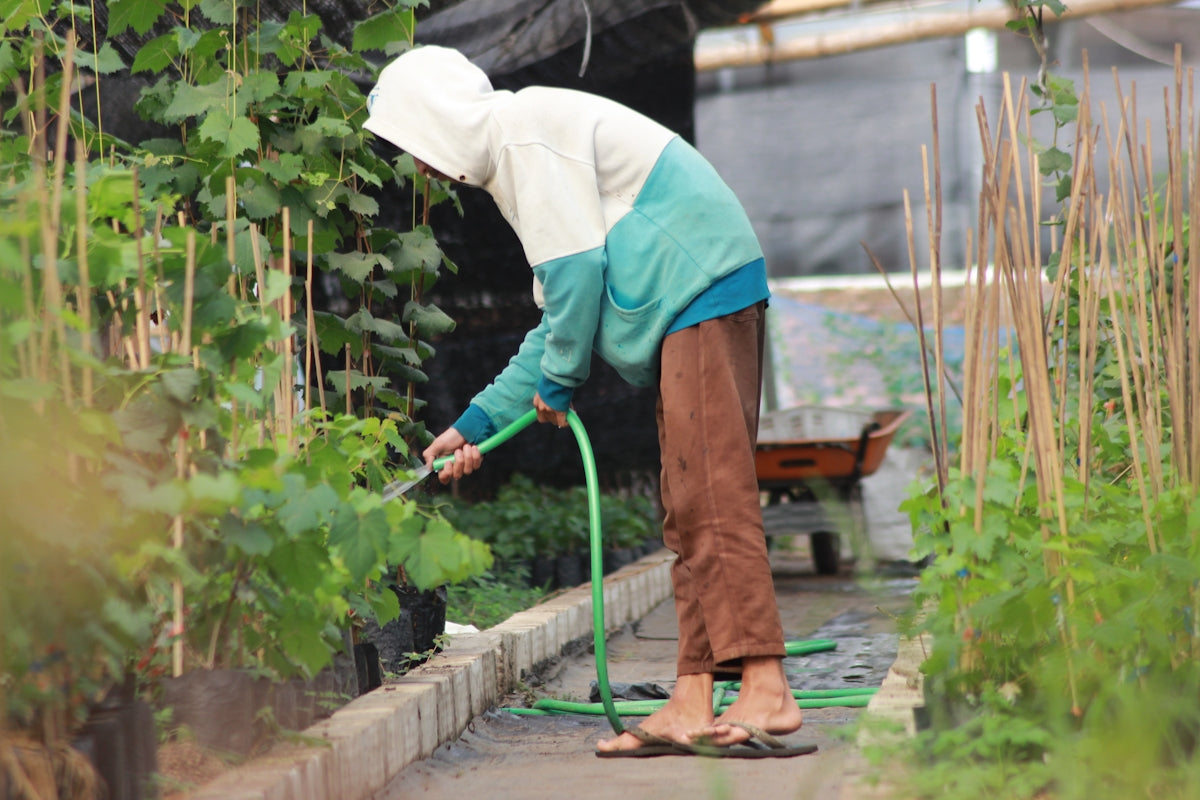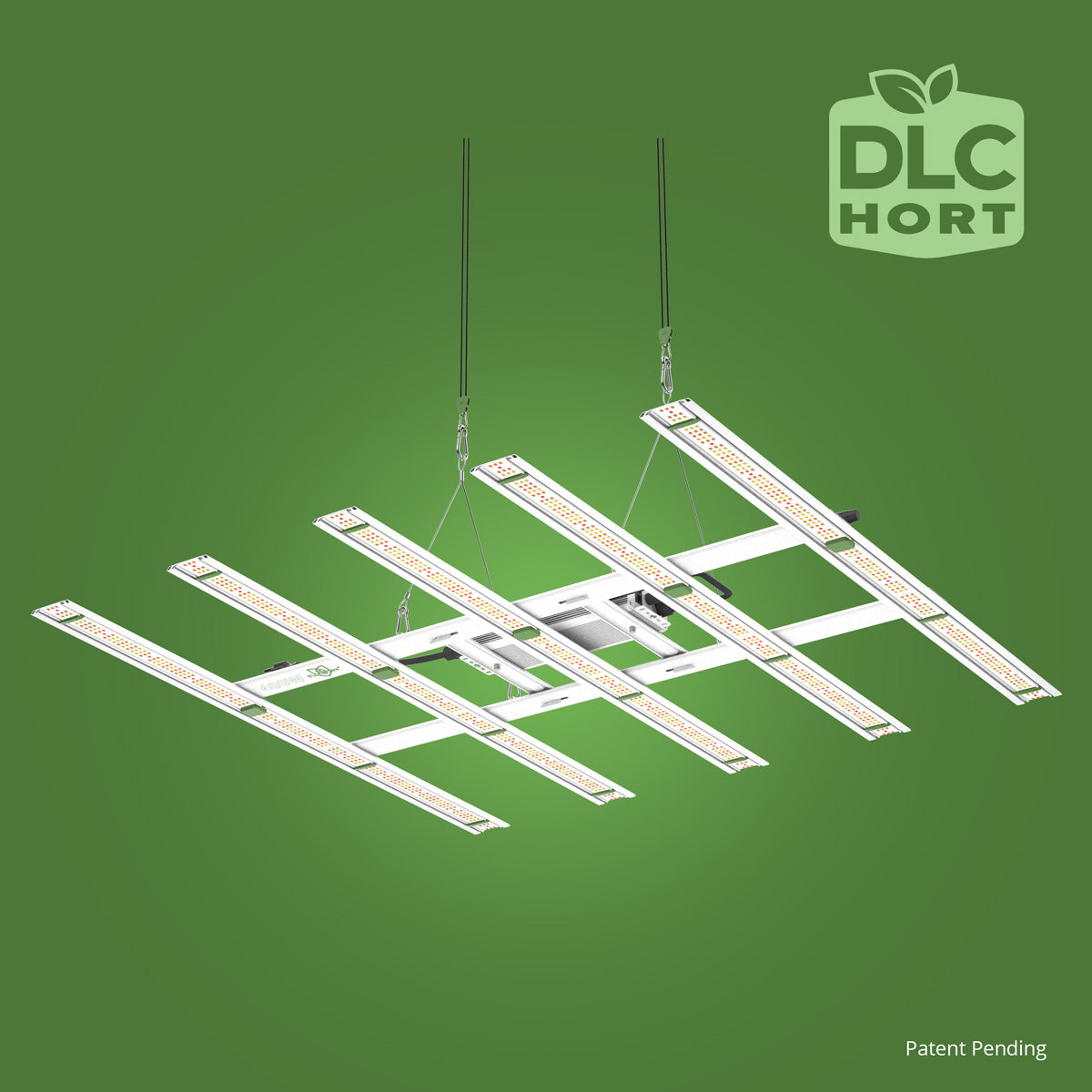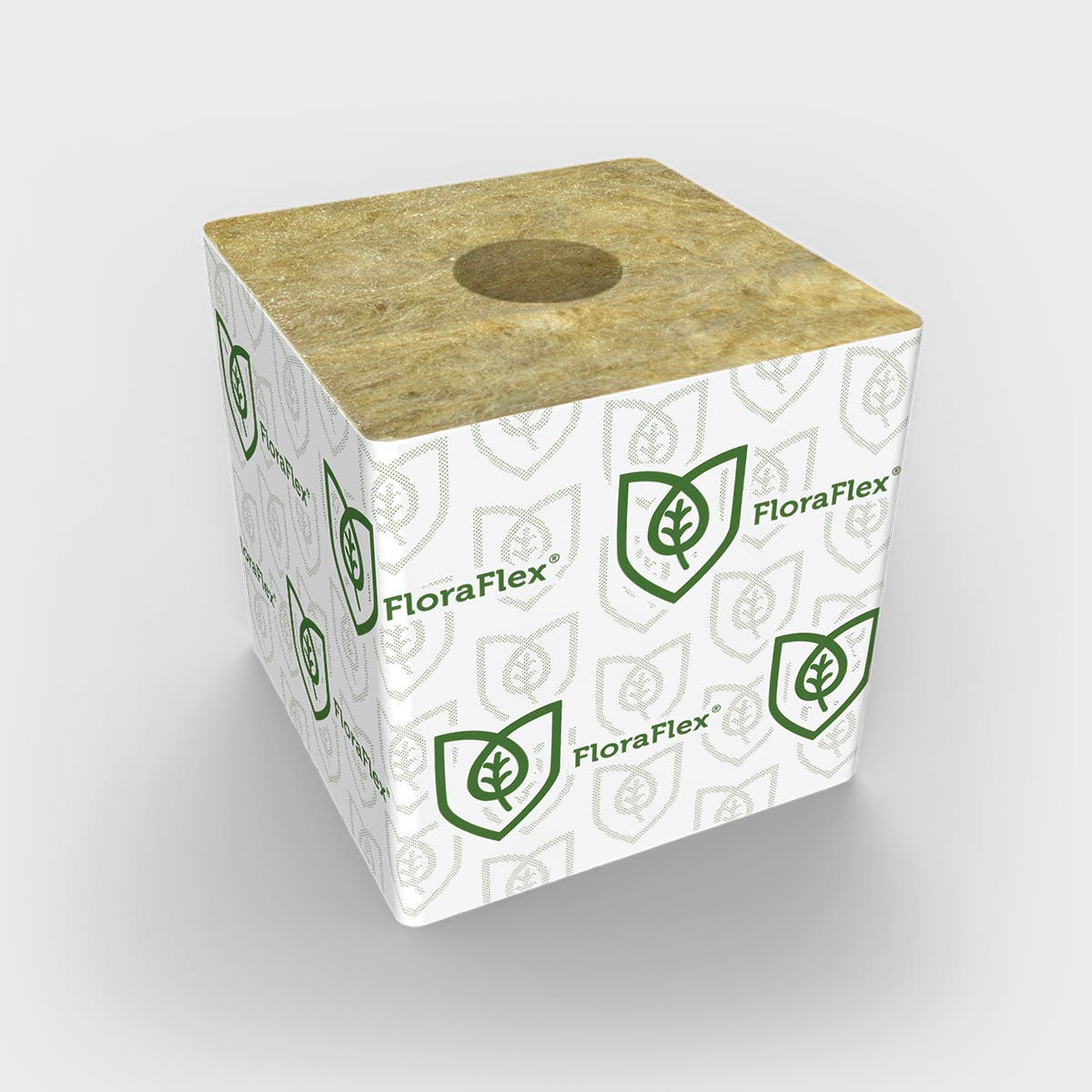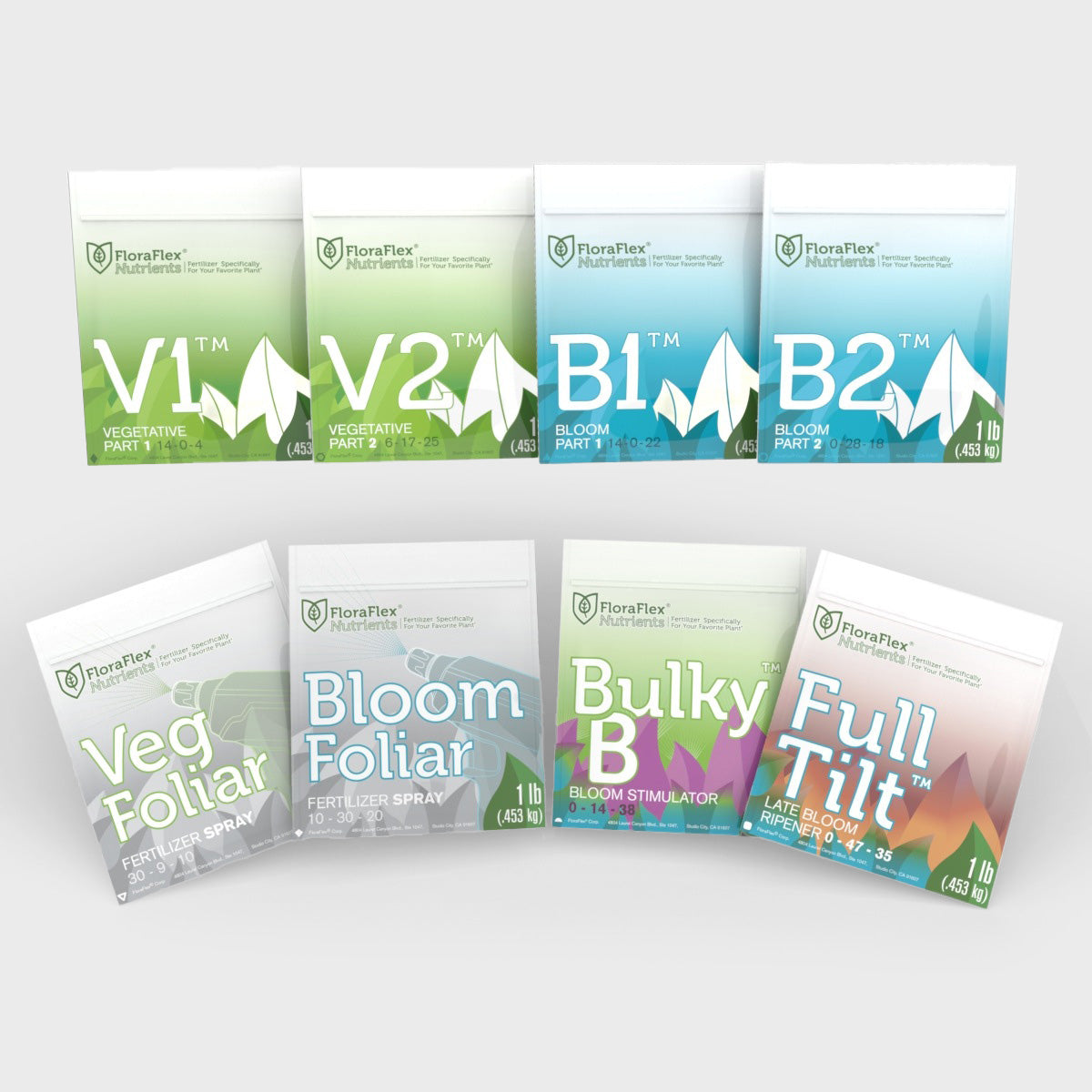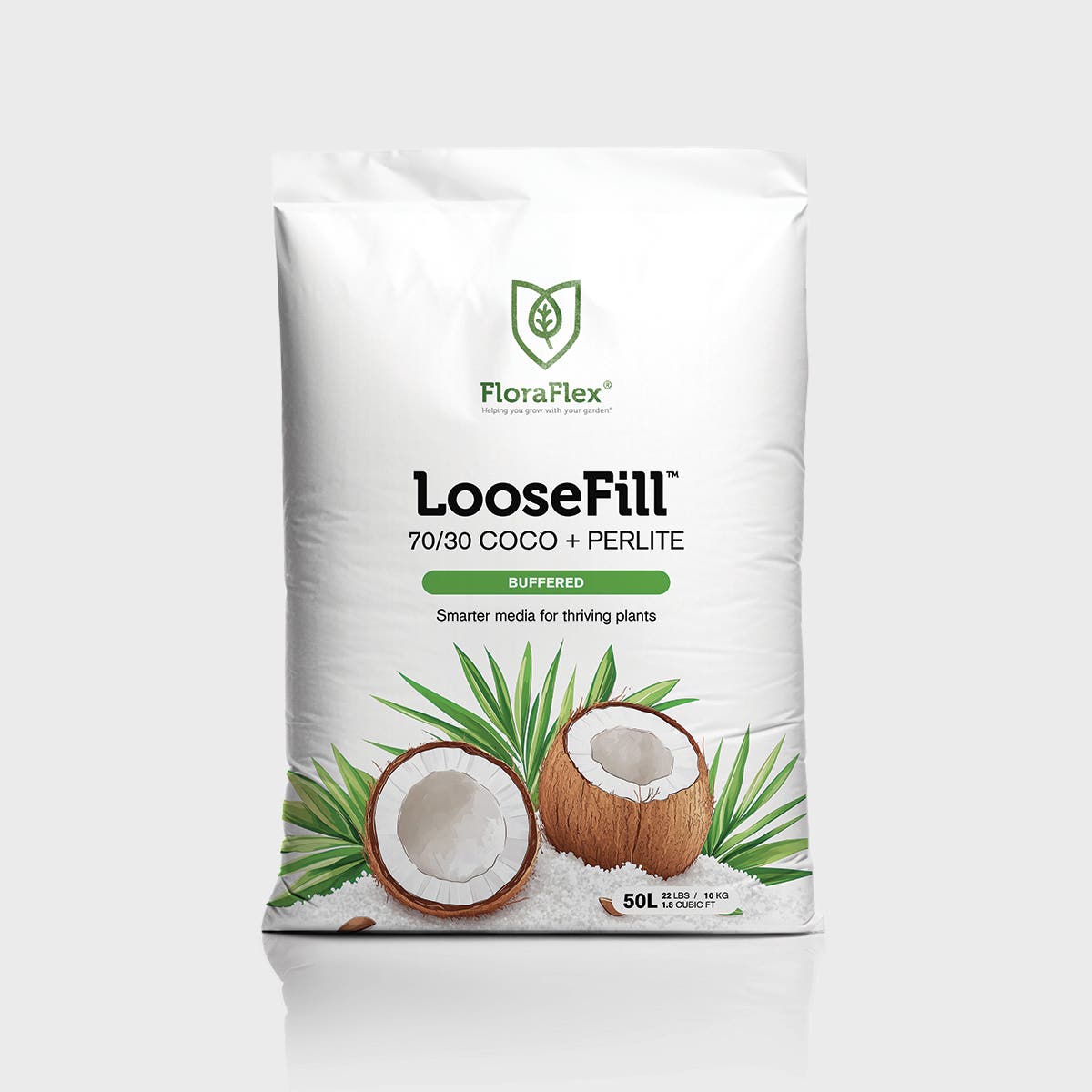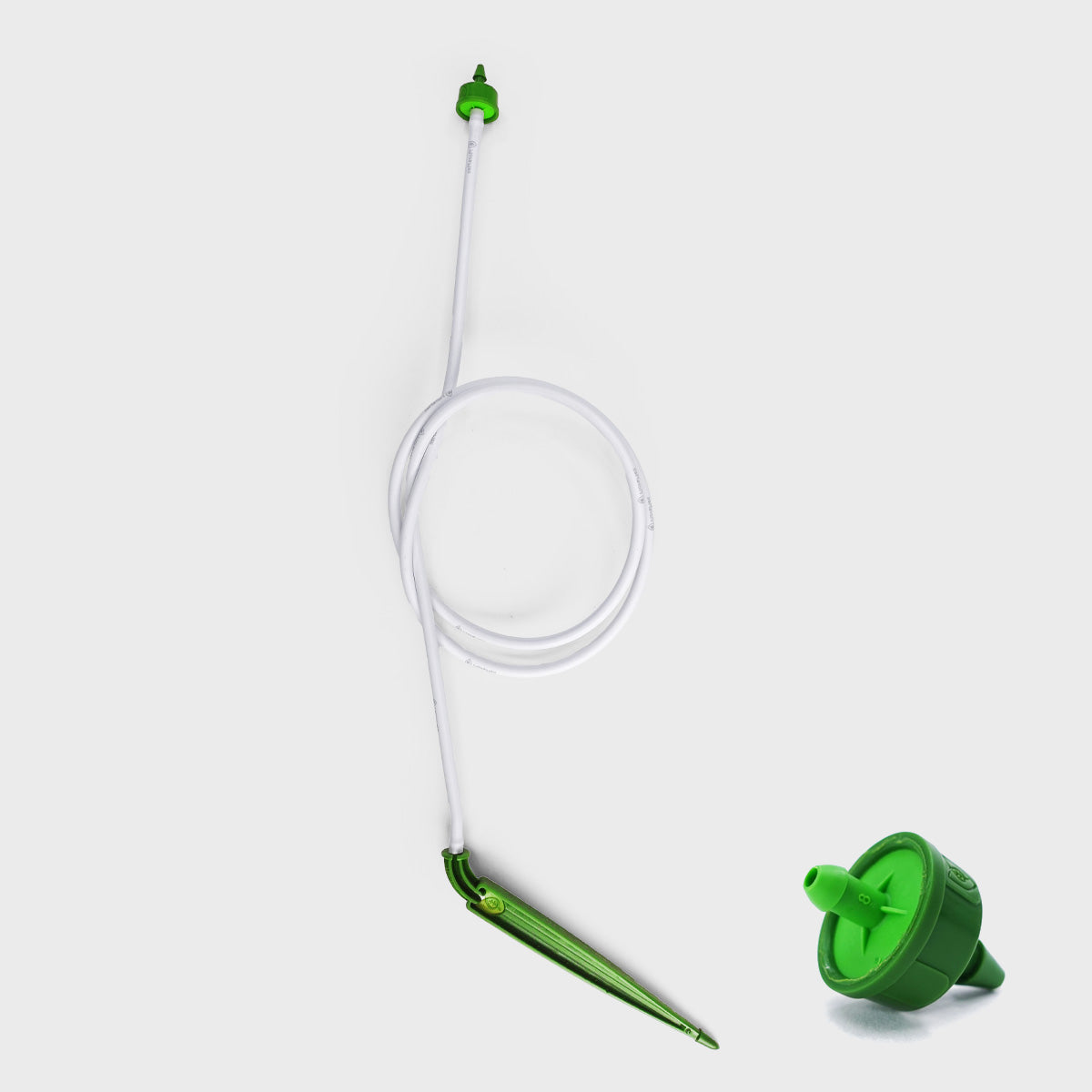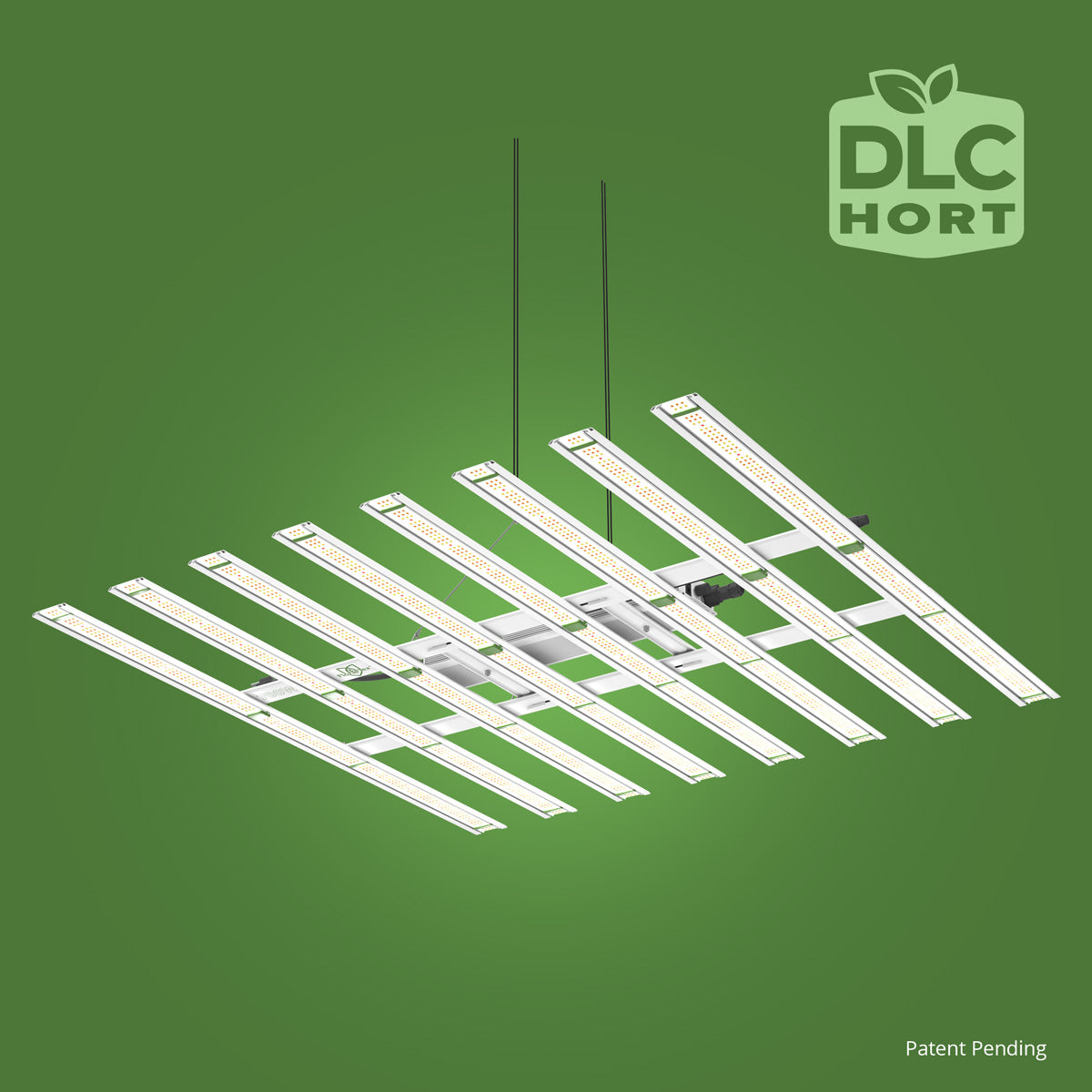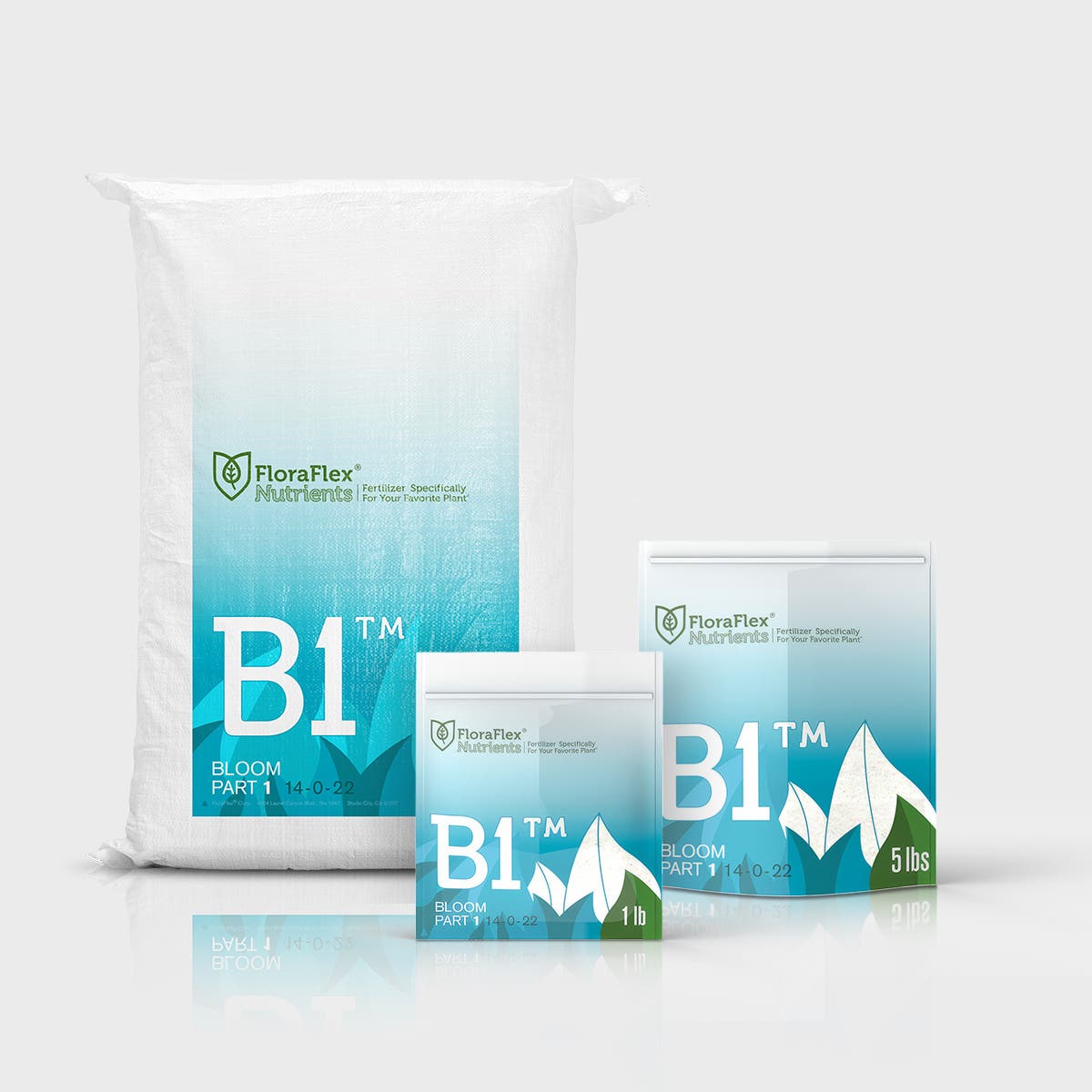In the quest for eco-friendly gardening and sustainable living, creating a compost bin can be a simple yet effective solution. Not only does composting reduce waste, but it also enriches the soil and boosts the growth of your plants. This guide will walk you through building your very own compost bin using everyday materials.
Materials You’ll Need:
Creating a compost bin doesn’t require fancy tools or expensive items. Here’s a list of materials you likely have at home:
- Plastic or Metal Bin: This will be the primary body of your compost bin. Ensure it has a lid to keep out pests and retain moisture.
- Drill with Bits: A drill will help you add ventilation holes to improve air circulation.
- Small Shovel or Spade: To mix and turn the compost pile regularly.
- 1.5L Pump Sprayer: Maintaining the right moisture level is crucial. A sprayer can help you easily add water to your bin. You can find a great 1.5L Pump Sprayer from FloraFlex.
Steps to Build Your Compost Bin:
Prepare the Bin:
Choose a bin size that fits your space and needs. Drill several holes around the container to allow for air flow, which is essential for the composting process.
Choose a Location:
Place your compost bin in a location that is easily accessible, yet not obtrusive. Ideal spots are near your garden or kitchen for convenient discard of scraps.
Start Layering:
- Begin with a layer of coarse materials like twigs or straw, which will aid in drainage.
- Follow this with alternating layers of green and brown materials. Green materials can include fruit scraps and fresh grass clippings, while brown materials might be dried leaves or shredded paper.
Maintain the Compost:
- Use the 1.5L Pump Sprayer to keep your compost moist like a damp sponge. Avoid it becoming too soggy or dry.
- Turn the pile with your shovel every week to aerate it and speed up the breakdown process.
Monitor the Compost:
- A balanced compost pile should not emit foul odors. If it does, adjust the balance of greens and browns accordingly.
- After a few months, your compost will be ready to use. You’ll know it’s ready when it looks dark and crumbly and emits an earthy odor.
Conclusion
Building a compost bin with materials you already have is a rewarding project that contributes to a greener planet. Visit FloraFlex for the tools and materials that can support your gardening journey. With a little effort, you can enjoy the benefits of rich compost and a reduced carbon footprint.
Start composting today and harness the power of nature right in your backyard!

